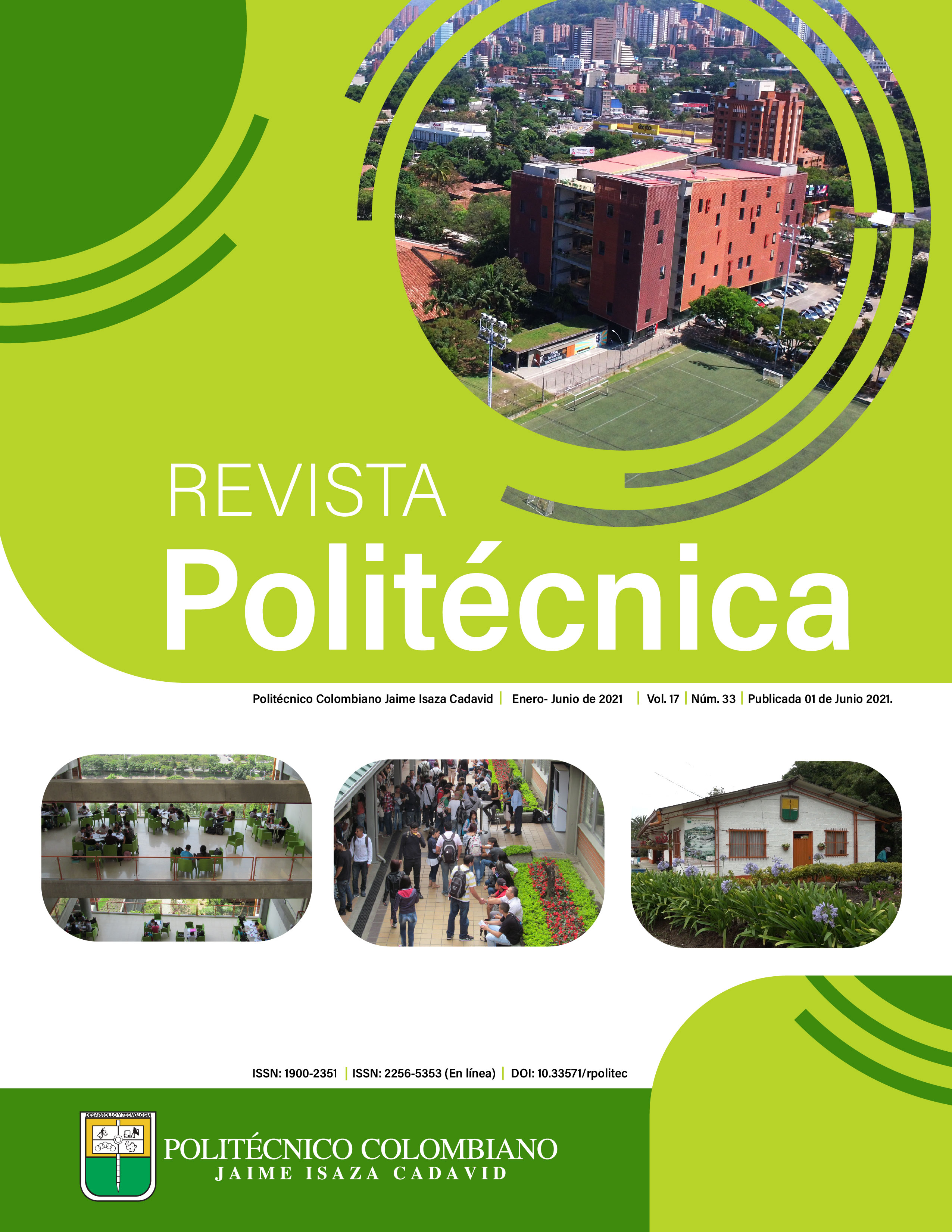APPLICATION OF ANALYTIC HIERARCHY PROCESS IN FIRE RISK ASSESSMENT OF INDUSTRIAL OCCUPANCIES
DOI:
https://doi.org/10.33571/rpolitec.v17n33a5Keywords:
risk factors, analytic hierarchy process, fire risk, priorityAbstract
Emergency management is a fundamental part of occupational safety and health. Fires are the most common emergencies in the industries of our country and throughout the world. Applying the multi-criteria analysis method, the investigations using the analytic hierarchy process (AHP) in fire risk assessment allowed the identification of fire risk factor. An experts group was consulted about the level of importance of fire risk factors in the fire risk evaluation, for these purpose each expert used the AHP. Results of research can be use to perform the detailed assessment of fire risk, allowing state owners and investors to carry out actions for reduce possible losses in case of fire. Insurance companies can perform the detailed assessment of fire risks on the object and to calculate a risk extra charge to an insurance premium. Fire departments can determine the compliance of a condition of object with requirements of regulations
Article Metrics
Abstract: 1119 PDF (Español (España)): 349 HTML (Español (España)): 63PlumX metrics
References
W. Meade. (1991). A First Pass at Computing the Cost of Fire Safety in a Modern society. Chapel Hill, NC: The Herndom Group, Inc, pp. I-2.
D. Rasbash, G. Ramachandran, B. Kandola, J. Watts y M. Law. (2009). Evaluation of fire safety. Chichester: John Wiley & Sons Ltd.
T. L. Saaty. (2008). Decision making with the analytic hierarchy process. Int. J. Services Sciences, Vol. 1, No. 1,, pp. 83-98.
R. L. Keeny y Raiffa, H. (1976). Decisions with multiple objectives. New York: John Wiley.
J. Pushkina, J. Vladimirs y D. Konstantins. (2015). Applying Multi-Criteria Analysis Methods for Fire Risk Assessment. DE GRUYTER; Safety of Technogenic Environment.
D. Larsson. (2000). Developing the Structure of a Fire Risk Index Method for Timber-frame Multi-storey Apartment Buildings. Department of Fire Safety Engineering, Lund University, Swe-den.
T. L. Saaty. (2012) Decision Making for Leaders: The Analytic Hierarchy Process for Deci-sions in a Complex World., Pittsburgh: RWS Publications.
J. M. Moreno Jiménez, «EL PROCESO ANALÍTICO JERÁRQUICO (AHP). FUNDAMENTOS, METODOLOGÍA Y APLICACIONES.,» Dpto. Métodos Estadísticos. Facultad de Económicas, Za-ragoza..
C. KitLau, K. Keung Lai, Y. Pui Lee y J. Du. (2015). Fire risk assessment with scoring sys-tem, using the support vector machine approach. Fire Safety Journal, p. 188–195.
F. Liu, S. Zhao, M. Weng y Y. Liu. (2017). Fire risk assessment for large-scale commercial buildings based on structure entropy weight method. Safety Science, p. 26–40.



 _
_






















